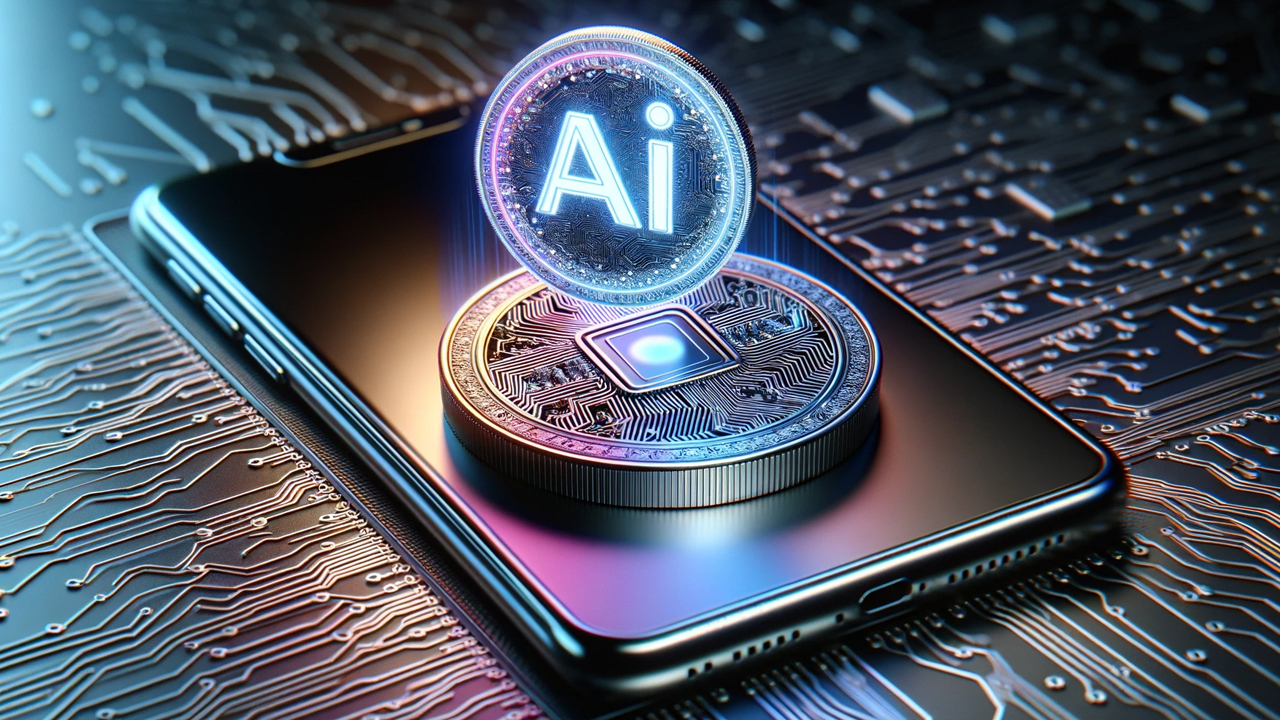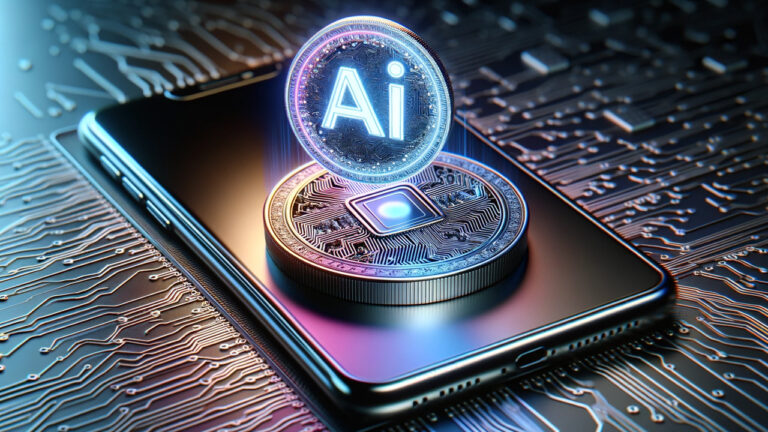The other day, I was chatting with a colleague about the rapid advancements in AI, and the conversation veered into a discussion about henai. It struck me how little widespread understanding there is about this complex topic. This article aims to demystify henai, not by providing simplistic answers, but by encouraging critical thinking and exploring the multifaceted nature of this intriguing field. Let’s embark on this journey together.
Understanding the Core Concepts of Henai: What is it Really?
Henai, at its heart, is a complex interplay of several key elements. It’s not just a single technology; rather, it’s a confluence of advancements in artificial intelligence, machine learning, and human-computer interaction, all striving to achieve a level of interaction that blurs the lines between the digital and the physical. But what does this actually mean? That’s the question we’ll attempt to answer here.
Deconstructing the “Henai” Landscape
One way to understand henai is to consider its constituent parts. Artificial Intelligence (AI) provides the underlying intelligence; Machine Learning (ML) enables the system to learn and adapt; and Human-Computer Interaction (HCI) focuses on the seamless integration between humans and the henai system. The synergy between these areas is key to realizing the full potential of henai.
The Technological Underpinnings of Henai
The technologies underpinning henai are constantly evolving. It’s a field fueled by breakthroughs in deep learning, natural language processing, and computer vision. These technologies enable henai systems to not only understand and respond to human input, but also to learn and anticipate user needs, creating a truly personalized and adaptive experience.
The Ethical Dimensions of Henai: Navigating the Moral Maze
As henai technology advances, it’s crucial to consider its ethical implications. The potential benefits are undeniable—enhanced productivity, improved healthcare, and more efficient resource management—but these advances must be balanced against potential risks.
Responsibility and Accountability in Henai Systems
One major concern is the question of accountability. If a henai system makes a mistake, who is responsible? The developers? The users? These are critical questions that need careful consideration before widespread deployment of henai systems becomes the norm. In my experience, these sorts of questions often get overlooked in the initial excitement surrounding new technologies.
Bias and Fairness in Henai Algorithms
Another important consideration is bias. AI algorithms are trained on data, and if that data reflects existing societal biases, then the henai system will likely perpetuate those biases. This can lead to unfair or discriminatory outcomes, undermining the very principles of fairness and equity that we strive for.
Applications of Henai: Transforming Industries
The potential applications of henai are vast and span numerous industries. It’s already starting to transform healthcare, finance, education, and many other sectors.
Henai in Healthcare: Personalized Medicine and Beyond
In the healthcare sector, henai is poised to revolutionize personalized medicine. By analyzing vast amounts of patient data, henai systems can identify patterns and predict health risks, leading to more effective preventative care and personalized treatments.
Henai in Finance: Fraud Detection and Risk Management
The finance industry is another area where henai is making significant strides. It’s being used to detect fraudulent transactions, manage risk more effectively, and provide personalized financial advice to clients.
The Future of Henai: Opportunities and Challenges
Looking ahead, the future of henai is bright, but also uncertain. Several challenges remain, including the need for better regulation, the ethical considerations mentioned earlier, and the potential for job displacement.
Addressing the Challenges of Henai Development
Overcoming these challenges requires a collaborative effort between researchers, policymakers, and industry leaders. We need to develop ethical guidelines and regulations that ensure the responsible development and deployment of henai systems. Furthermore, investing in education and training is crucial to prepare the workforce for the changes brought about by henai.
Shaping the Future of Henai: A Call to Action
One thing to keep in mind is that henai isn’t just a technological advancement; it’s a societal transformation. How we choose to develop and utilize henai will shape our future in profound ways. The question we must ask ourselves is: how can we ensure that henai benefits humanity as a whole, rather than exacerbating existing inequalities?
Wrapping Up: A Look Ahead
Henai offers incredible potential to improve lives and solve complex problems. From personalized healthcare to more efficient financial systems, its applications are vast. However, responsible development and ethical considerations are paramount. The benefits of henai must be balanced against potential risks, and we must ensure that this powerful technology is used for the good of all. The ultimate question remains: how can we harness the power of henai while mitigating its potential harms?








+ There are no comments
Add yours